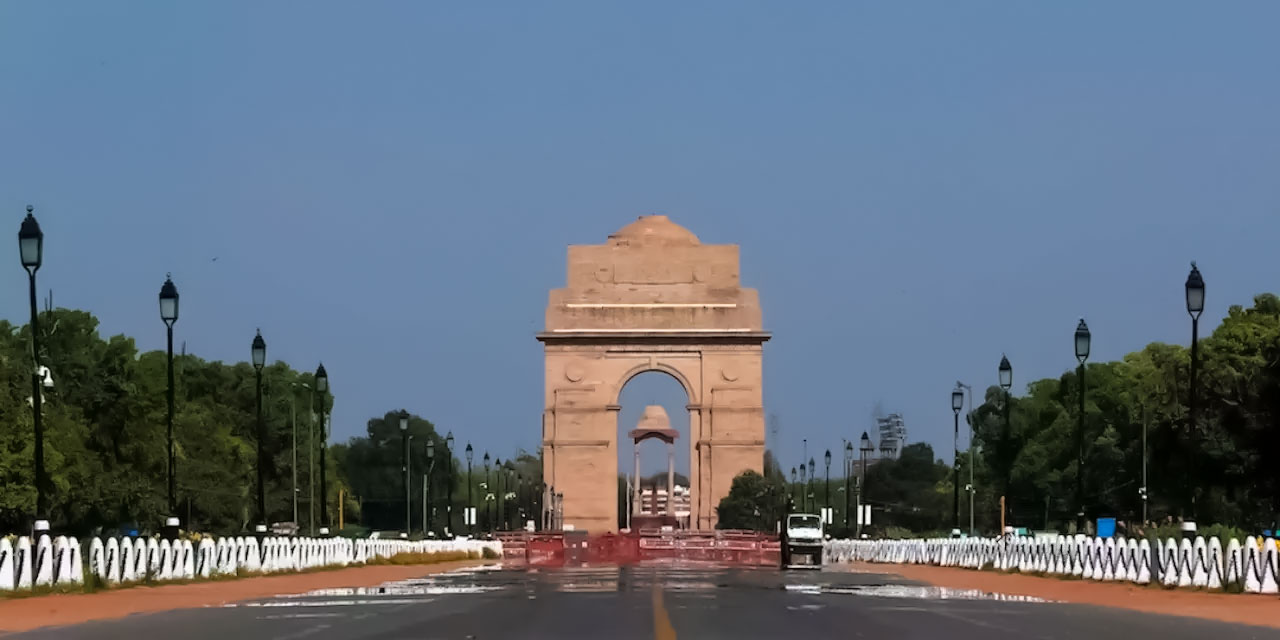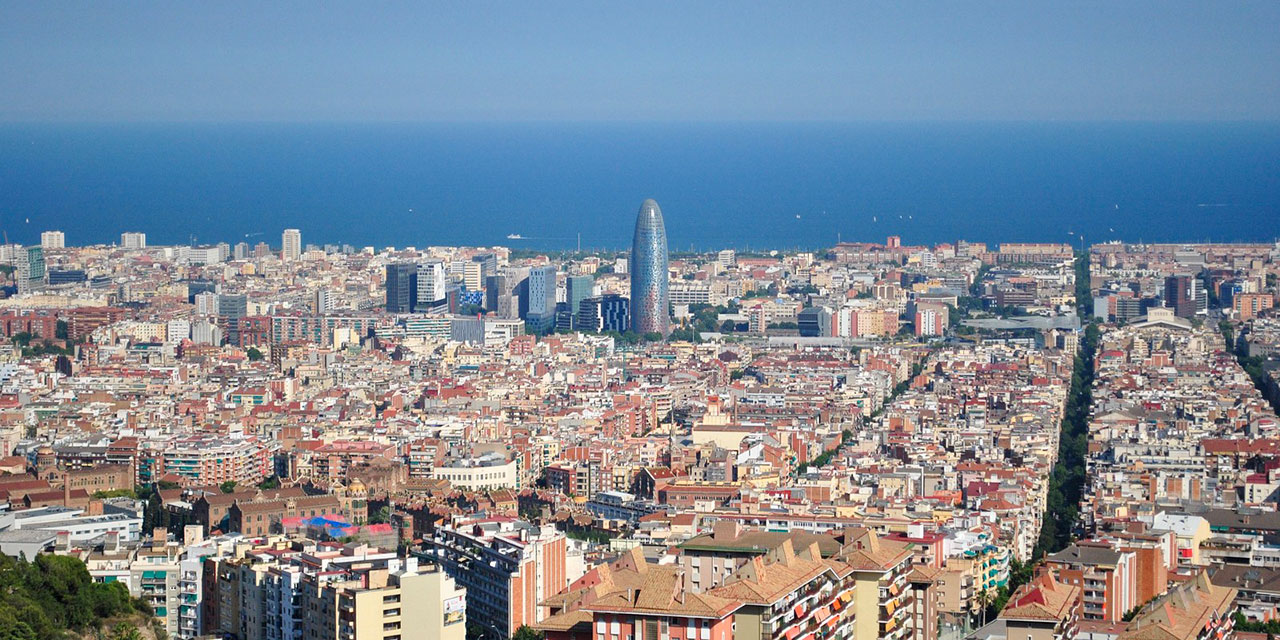A new green future?

It is hard to think of good news to report when the world has essentially shut down due to the lock down emergency measures adopted by a large number of countries in their fight against the COVID-19 pandemic. Human life has been suspended for several weeks across the globe. Gloomy reports about the state of the economy and the aftermath of the pandemic have been at the epicentre of public debate.
News reports often emphasize the negative aspects of social distancing, the suspension of everyday activities and the countless job losses. Indeed, the blow to life as we know it has been unprecedented. And yet, despite everything, it is exactly that suspension of everyday life as we know it which has been the bearer of good news.

The change was first visible only from space, then it became visible to our own eyes: in just few days, our planet started to recover from the ever-increasing exploitation to which we have subjected it for decades.
While cars remained parked, motorways empty and factories shut, air pollution levels shrunk over cities and industrial zones in just a few days’ time. China, Italy, UK, Germany, India, South Korea, followed by many others, experienced falls in carbon dioxide levels, sometimes reaching up to 40%. As skies cleared in India, where pollution is among the highest in the world, people reported that they could see the Himalayas for the first time in their lives.

As humans retreated to their homes, animals started to reclaim the space from which they have been expelled due to ever-growing human expansion at the expense of all other species’ natural habitat.
- Sika deer made their way to the empty metro station of Nara in Japan;
- wild boars descended from the hills near Barcelona;
- wild turkeys took a walk in the streets of Oakland, California;
- a stag appeared in Dehradun in northern India;
- peacocks took a stroll at the Spanish city of Ronda and in Dubai;
- a herd of goats appeared in the centre of the Welsh seaside spot, Llandudno;
- rabbits were seen on a main road in Christchurch, New Zealand;
- monkeys were nonchalantly eating bananas in a deserted street in New Delhi, India;
- geeses occupied the deserted coastline in Adana, Turkey;
- ducks took to Paris’ Rue de Sevres;
- while a puma turned up in the centre of the Chilean capital Santiago.

But the effect that slowing down had on our planet was also experienced on other fronts, and, in particular, in relation to noise pollution. Seismologists in Belgium, the United States, France, New Zealand and elsewhere are seeing the remarkable effects of their country’s social-distancing measures on seismic activity, which seems to be significantly reduced during the global lockdown. Additionally, as maritime traffic decreased, so did the stress-hormone levels in marine creatures, a development which can have a significant effect on their reproductive chances.
The cleaner pandemic skies and the visits from wildlife in the hearts of our cities demonstrate that we can bring down pollution very quickly, that we can beat global warming and even climate change, if the will is there. There is little doubt that levels of air and noise pollution will go back to their pre-pandemic levels once the economy restarts, people get back in their cars, passengers on airplanes and factories to burning fossil fuels.

However, therein lies perhaps a possibility: do we really need to go back to «normal»? The pandemic gave us a glimpse of how the world may look like, if we reduce our ceaseless growth at the expense of the planet: a world where clean air and a clear view of the sky are no longer considered luxuries.
The temporary experience of the coronavirus lockdown may turn out to be a valuable lesson on the kind of world we want to live in once the pandemic is over. Ultimately, of course, long-term change will not depend on the lockdown, but on the political decisions and pressure placed on governments to act towards a more sustainable, clean, healthy, green future.